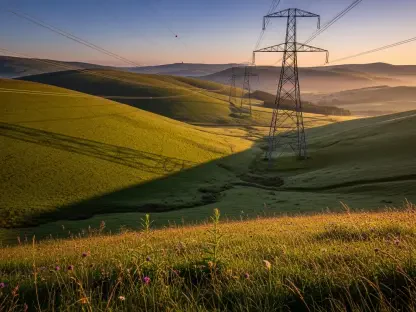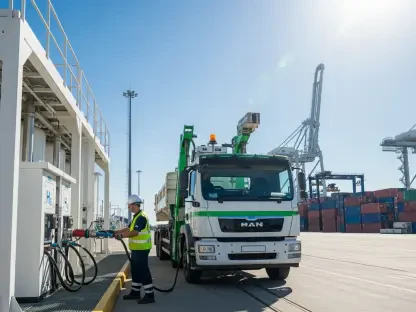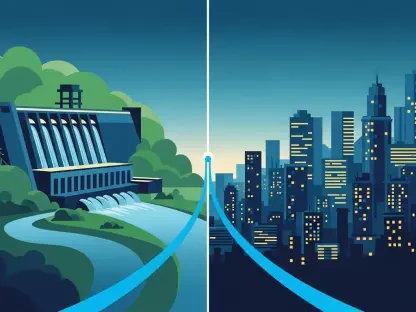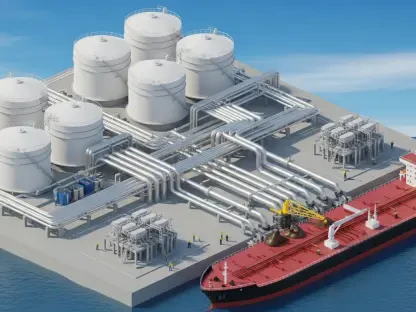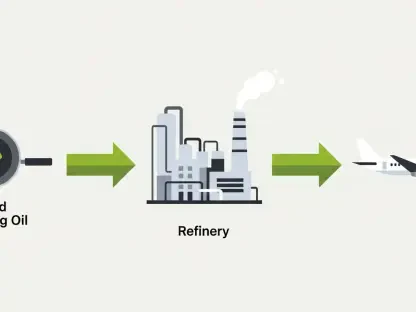In an era marked by an urgent need for sustainable and reliable energy, Vestas’s firm order to supply and install wind turbines for the Nordlicht 1 offshore wind project is a significant milestone for Germany. This ambitious initiative, led by Vattenfall, will see the deployment of 68 V236-15.0 MW wind turbines with a total output of 1,020 MW. Grid connection capacity will be 980 MW and the additional 40 MW aims to maximize efficiency. The project exemplifies a comprehensive approach to renewable energy with a five-year service and warranty agreement in place, followed by a 25-year operational support agreement, ensuring long-term sustainability. The question at hand, however, is whether this project can truly be the catalyst for Germany’s clean energy future.
Strategic Partnership for Energy Transition
The collaboration between Vestas and Vattenfall stands as a critical advance in Germany’s transition toward sustainable energy production. With a strong focus on enhancing the security, affordability, and sustainability of the energy supply, this partnership seeks to provide reliable energy solutions while cutting down on carbon emissions. Nils de Baar, President of Vestas Northern & Central Europe, emphasized the project’s importance in ensuring a dependable energy future. The deployment of the V236-15.0 MW turbines, known for their efficiency and innovation, underscores the commitment to excellence. Additionally, the project will integrate towers made from low-emission steel, which reduces the carbon footprint by a significant margin.
Low-emission steel used in the turbines will result in a 16% reduction in their overall carbon footprint. What makes this steel unique is that it is produced from 100% steel scrap, which is melted in an electric arc furnace powered by wind energy. This process achieves a dramatic 66% decrease in carbon emissions compared to conventional methods. Such innovations highlight the concerted effort to minimize environmental impact and set new standards in the renewable energy industry.
Nordlicht 1: A Massive Offshore Venture
The Nordlicht wind farm, situated 85 kilometers north of the island of Borkum in the German North Sea, is subdivided into two locations: Nordlicht 1 and Nordlicht 2. Currently, only Nordlicht 1 has materialized into a firm order, although there is a conditional agreement encompassing both areas. Construction is set to commence soon, with turbine installations and full operational capacity planned to follow soon after. This offshore venture also holds the distinction of being Germany’s largest offshore wind farm.
Catrin Jung, Head of Business Unit Offshore at Vattenfall, noted that the Nordlicht 1 project represents a substantial investment in decarbonizing the energy sector while fortifying Germany’s clean and reliable energy system. The financial backing and technological drive behind this project concretely demonstrate the commitment of the partners to achieving fossil-free energy production. With Nordlicht 1, there is an anticipation of more pronounced advancements that will bolster the energy transition in not just Germany, but Europe as a whole.
The Road Ahead for Renewable Energy
The implications of the Nordlicht 1 project extend far beyond its technical specifications and immediate goals. This venture represents a key strategy in global efforts to meet climate goals and usher in an era of sustainable energy. By providing a resilient energy infrastructure, Nordlicht 1 sets an example for other nations to follow, demonstrating that large-scale renewable projects are viable and financially sustainable. The anticipated success of this project could spark an acceleration in the development of similar initiatives worldwide.
Moreover, the long-term operational support agreement highlights the importance of maintaining these installations to ensure continuous and efficient energy production. The shift to renewable energy requires not just initial investments but also sustained efforts to manage and optimize energy resources. Nordlicht 1, through its advanced technology and innovative materials, is poised to reduce dependency on fossil fuels and significantly cut down on carbon emissions, which are crucial for addressing climate change.
Future Prospects and Considerations
In an age where sustainable and reliable energy sources are paramount, Vestas’s firm order to provide and install wind turbines for the Nordlicht 1 offshore wind project stands as a notable achievement for Germany. This ambitious venture, spearheaded by Vattenfall, will involve the installation of 68 V236-15.0 MW wind turbines, achieving a combined output of 1,020 MW. The grid connection capacity is set at 980 MW, while an additional 40 MW is projected to optimize efficiency. The project highlights a holistic approach to renewable energy, featuring a five-year service and warranty agreement, succeeded by a 25-year period of operational support, thereby ensuring long-term viability. Yet, the pivotal question remains: can this project truly act as the catalyst for Germany’s renewable energy future? As the nation and the world grapple with energy challenges, the Nordlicht 1 project could potentially play a vital role in setting a precedent for comprehensive, sustainable energy solutions.


